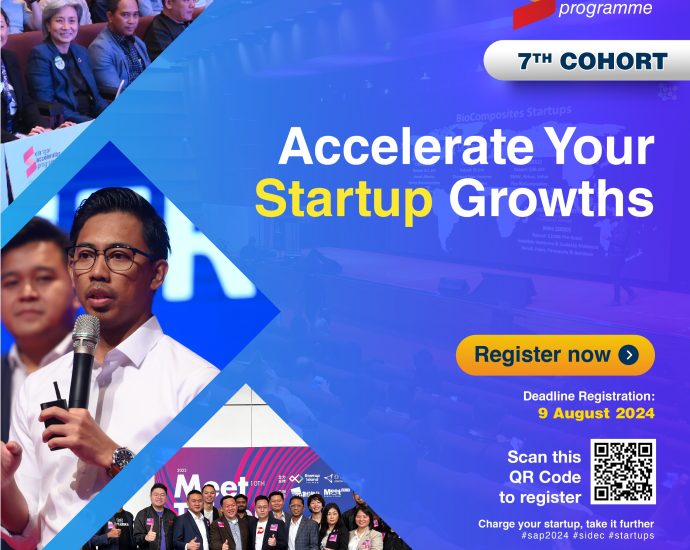Beep raises USD 3.3 mil in Pre-Series A, expands to Thailand and Malaysia
- Oversubscribed fundraise led by existing investors, joined by M7 Ace Neo
- With new partners, Voltality’s network now has over 5,000 charging stations
.jpg)
Beep, a Singaporean IoT transaction platform startup, announced the close of its US$3.3 million (RM15.2 million) Pre-Series A investment. The oversubscribed fundraise was led by existing investors Granite Asia (formerly GGV Capital), Farquhar VC, SUTD Venture Holdings, Wing Vasiksiri, and new participation from M7 Ace Neo, an M7 Company.
In a statement, the startup said this aligns with the company’s expansion into Southeast Asia, starting with Thailand and Malaysia.
 Kristoffer Jacek Soh (pic), co-founder & CEO of Beep, said, “We’re grateful for the continued vote of confidence from our investors who have been with us on our journey, supporting our growth to date. Our rapid progress is a result of the immense support we have received from our investors, partners, industry leaders, and government agencies.”
Kristoffer Jacek Soh (pic), co-founder & CEO of Beep, said, “We’re grateful for the continued vote of confidence from our investors who have been with us on our journey, supporting our growth to date. Our rapid progress is a result of the immense support we have received from our investors, partners, industry leaders, and government agencies.”
He added that as electric vehicle adoption continues to surge, seamless access to charging infrastructure is an increasingly crucial requirement for both consumers and businesses making the transition from internal combustion engine vehicles, yet connectivity remains fragmented across the region. “Voltality aims to empower both charging operators and mobility providers, allowing them to embed connectivity across different charging stations directly inside their own platforms, with an added option for app-less payments through credit cards and QR codes, so drivers need only one interface to charge wherever they go. From our strong foundation established in Singapore, we found a common need for the same capabilities abroad, and we are now ready to cement our presence in Thailand, Malaysia, and beyond.”
The fundraise demonstrates greater investor confidence, with US$3.3 million (RM15.2 million) of the total fundraise coming in the form of a top-up from existing investors. This also showcases the proven impact of Beep’s eMobility platform, Voltality, in Singapore and its ability to provide seamless, interoperable, and collaborative EV charging in Southeast Asia.
“The team at FVC have journeyed with Beep in different capacities for the past six years and are proud to now be investing into Beep through the FVC Green Future Fund together with other investors,” said Jason Su, managing partner & chief investment officer.
“We are glad to support Beep as they pioneer the future of EV charging gateways. Beep is a great example of why we feel Singapore startups are leaders in innovation. M7 is excited about the opportunity to partner with Beep and other Singapore startups moving forward,” said Yasmin Mustafa, M7’s senior advisor in Singapore.
There is high demand for EVs in Southeast Asia, with total EV sales in the region experiencing 894% year-on-year growth. The first phase of Beep’s regional expansion strategy focuses on extending Voltality’s charging network in Thailand and Malaysia. Presently, the platform is live with its first partners in Malaysia and will launch in Thailand in Q3 2024.
According to Beep, in Thailand, Voltality has already signed contracts with Sharge and Evolt, two of the top five charging operators in Thailand, together with WHA Group, a leading developer of fully integrated logistics, industrial estates, power and utilities, and digital solutions, and EVme, the country’s largest and fastest-growing EV rental and purchasing platform. The agreement will enable connectivity for several thousand vehicles to over 1,600 charge points locally, with the network set to continue growing in the near future.
In Malaysia, contracts have been signed with several charging operators, including Sime Darby Berhad subsidiary KINETA, a major player in Malaysia’s EV space, which announced a partnership in May with ChargEV to accelerate EV charging and roaming innovation. Beep partnered with KINETA to enable its “KINETA Charge” application with Voltality’s platform.
Voltality has also secured contracts with mobility partners to enable both local and cross-border charging connectivity within the second half of 2024. In 2023, Beep was one of the five startups to win the Petronas FutureTech 3.0 accelerator programme, which further deepens connections and credibility in Malaysia.
The startup is also exploring expanding to other regional markets such as Indonesia, Vietnam, and more for its second phase in 2025. To help navigate its continued regional expansion, Ming Maa, ex-Grab group president, will also join Beep as an advisor, bringing significant operational expertise in market development and partnerships within Southeast Asia’s complex landscape.
In 2023, Beep launched the largest electric vehicle roaming network under Voltality, spanning over 1,350 charge points and 11 operators in Singapore. Since then, the network has continued to expand, with the latest addition being an MOU signing in July 2024 with ChargEco, a rapidly growing Singaporean Charge Point Operator jointly set up by SMRT Corporation’s business arm STRIDES and integrated energy provider YTL PowerSeraya. ChargEco is one of the five operators awarded by the Land Transport Authority to collectively deploy charging stations in nearly 2,000 public Housing Board car parks islandwide. With this MOU, Voltality is partnered with four out of the five selected operators in the landmark tender to make every HDB town EV-ready by 2025.
Together with new partners in Thailand and Malaysia, this brings Voltality’s total charging network to over 5,000 charging stations from 1,350 in 2023 – representing what the company claims to be a four-times coverage growth in less than 12 months and maintaining Voltality’s eRoaming service (VoltNet) as the largest permission-based eRoaming network in the region.


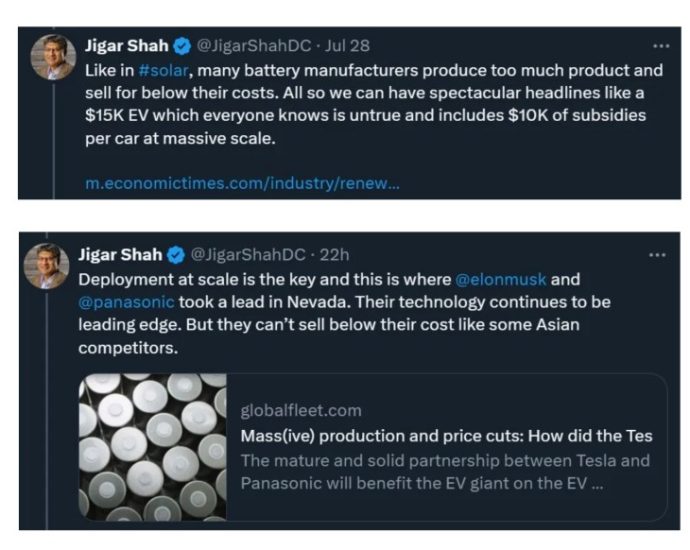







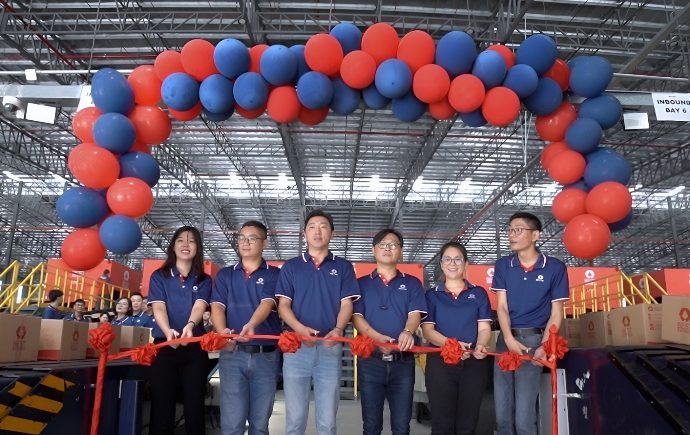

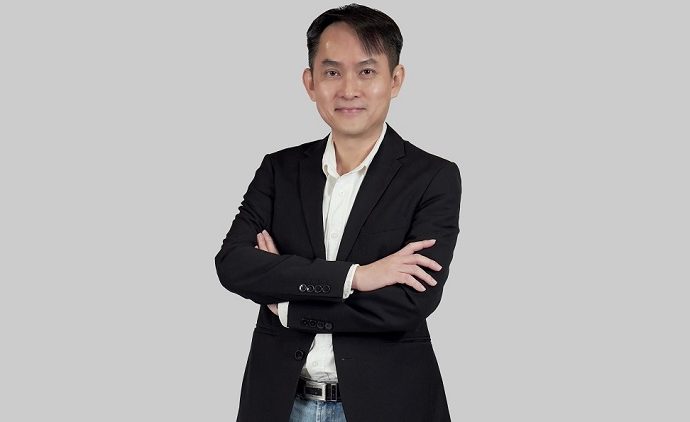








 “It was the first time in the history of that company in Malaysia that they sponsored two people from their distributors to their tech forum. I was one of them. I owe it to
“It was the first time in the history of that company in Malaysia that they sponsored two people from their distributors to their tech forum. I was one of them. I owe it to 
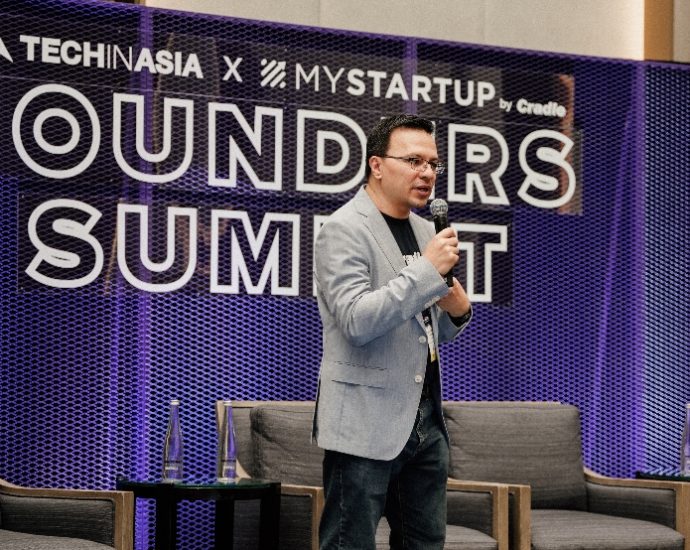

.jpg) According to the Priority Economic Deliverable 2025,” We are thrilled to announce our main Cradle deliverables.” Each of these deliverables has been carefully selected to address both regional and local issues. By acting as one entity, we hope that all Asean Member States can draw on our shared strengths, address common difficulties, and create a vibrant ecosystem that benefits all member states. Our concerted efforts will help us secure a prosperous and sustainable future, according to Cradle Group CEO Norman Matthieu Vanhaecke ( pic ).
According to the Priority Economic Deliverable 2025,” We are thrilled to announce our main Cradle deliverables.” Each of these deliverables has been carefully selected to address both regional and local issues. By acting as one entity, we hope that all Asean Member States can draw on our shared strengths, address common difficulties, and create a vibrant ecosystem that benefits all member states. Our concerted efforts will help us secure a prosperous and sustainable future, according to Cradle Group CEO Norman Matthieu Vanhaecke ( pic ).